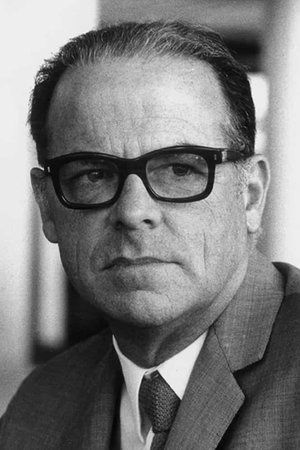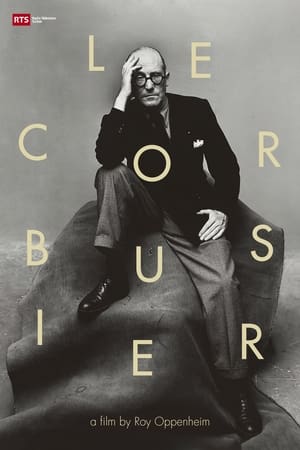
André Wogenscky
Personal Info
Known for
Acting
Gender
Male
Birthday
1916-06-03
Day of Death
2004-08-05 (88 years old)
Place of Birth
Remiremont, Vosges, France
André Wogenscky
Biography
André Wogenscky, born June 3, 1916 in Remiremont (Vosges) and died August 5, 2004 in Saint-Rémy-lès-Chevreuse (Yvelines), is a French architect, disciple of Le Corbusier. After his divorce from Simone Galpin (1913-1973)2, he married the visual artist Marta Pan in 1952.
Coming from a family of Polish aristocrats who immigrated to France in the 18th century, he entered the École nationale supérieure des beaux-arts in 1934. His younger brother is the painter Robert Wogensky. From 1936 to 1956, he was successively a student, assistant, workshop manager and assistant architect to Le Corbusier. He participated in Ascoral during the Second World War. He then taught at the National School of Architecture in Brussels from 1956 to 1965. He founded his own agency in 1956 and was appointed chief architect of civil buildings and national palaces in 1966. André Wogenscky designed several flagship buildings after 1956. Trente Glorieuses including the university hospitals located in the Saint-Antoine and Necker hospital sites in Paris, the Maison de la Culture in Grenoble and the Hauts-de-Seine Prefecture in Nanterre. It contributes above all to the redefinition of the space of social housing which it intends to adapt to the new status of women, to the evolution of family values and educational principles as well as to the appearance of elements of comfort and appliances. household appliances. He built the large complex of Thionville, isolated buildings in Angers, and Montpellier, groups of buildings in Firminy, Villeurbanne, Valence, Marseille, Lille or Gentilly..., individual houses in Saint-Brévin-l'Océan, Saulieu , and Saint-Forget…., a workers' housing estate in Saint-Macaire-en-Mauges and the Housing Units of Marseille, Nantes, Briey, Berlin and Firminy, all five co-signed with Le Corbusier. With the Experimental House (MEX), he attempts to resolve the question of the scalability of family housing.
For more than two decades, he was also one of the most active representatives of the French presence in the countries of the Middle East. Thus, in Beirut he built the Lebanese Ministry of Defense, the Faculty of Sciences, the Holiday Inn hotel, the Saint-Charles City Center and the El Center, a vast residential, tertiary and hotel complex. Although his major projects for leisure complexes, sports, cultural or military infrastructures did not come to fruition, a private commission allowed him to end his career with the construction of the Takarazuka University of the Arts in Japan.
André Wogenscky's contribution to the evolution of architecture in France and his participation in its international expansion was recognized by the award of the Grand Prix national d'architecture in 1989. In 1998, he was elected member of the Academy of Fine Arts in the chair of Jacques Couelle. He was a delegate to the annual public session of the Five Academies in 1999. Jacques Rougerie succeeded him in 2008. He remained president of the Le Corbusier Foundation from 1971 to 1988.
He created the Foundation with Marta Pan which bears both their names. This is based at their house in Saint-Rémy-lès-Chevreuse. It was recognized as being of public utility in 2011.
Known For
Acting
(1967)
Le Corbusier
as Self
